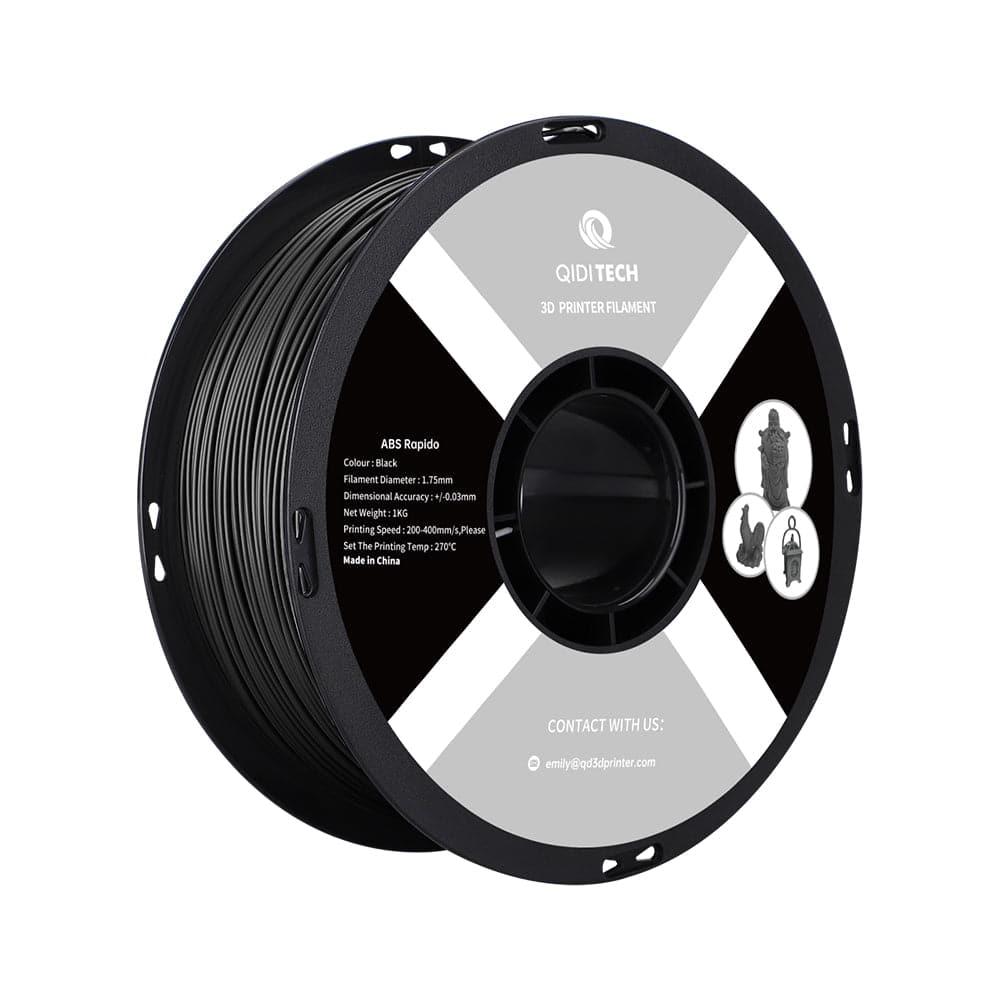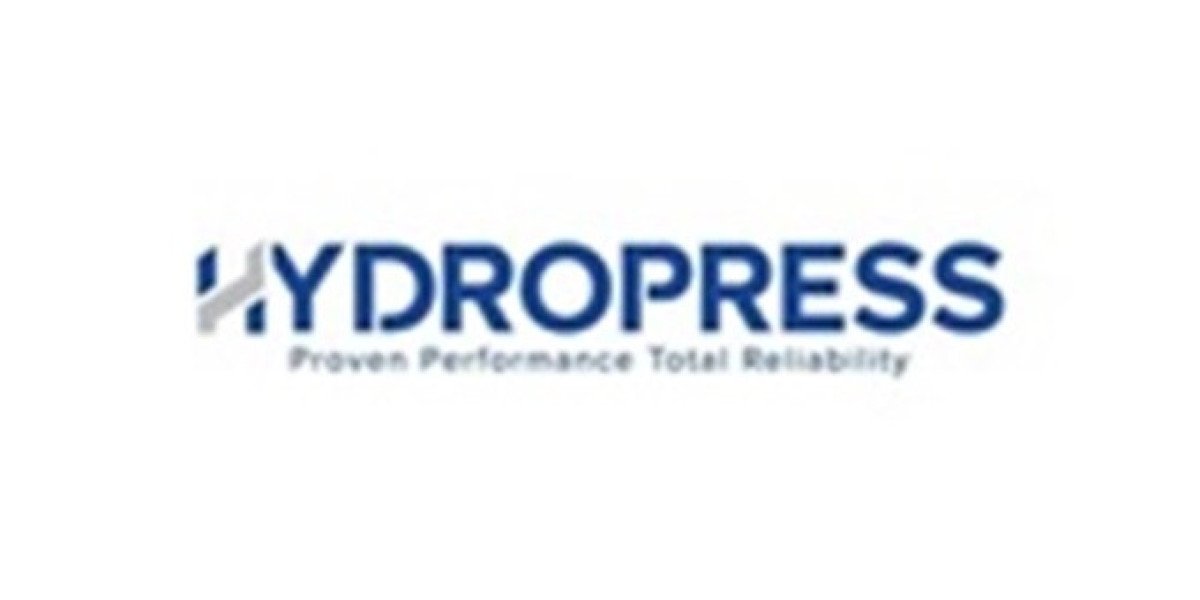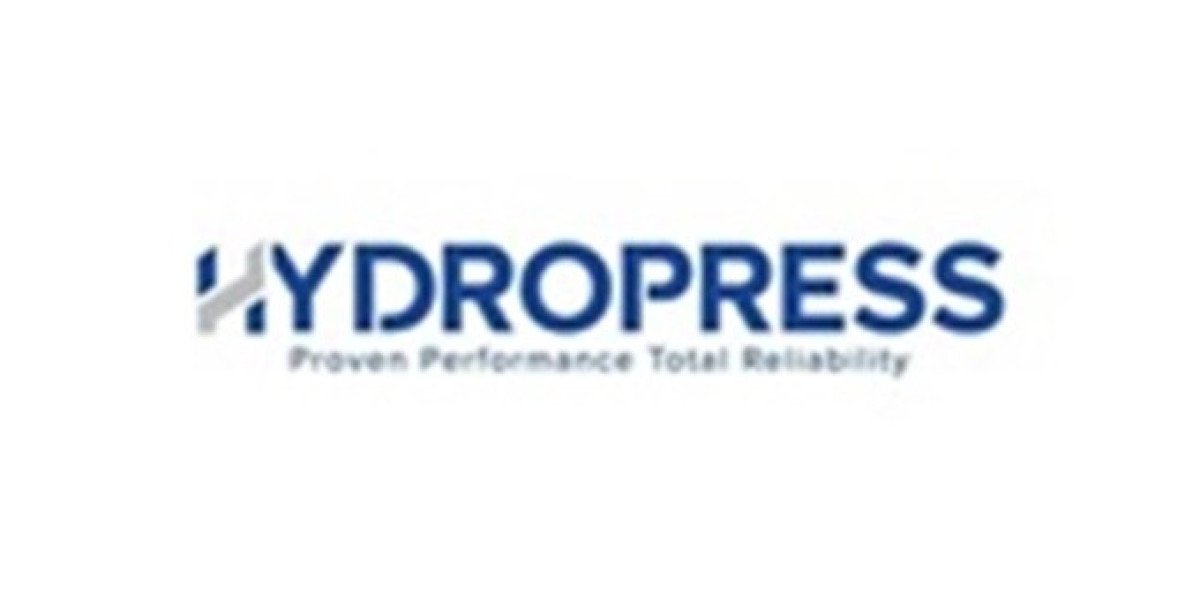3D printing has revolutionized manufacturing and prototyping, and one of the most popular materials used in this process is ABS filament. However, printing with ABS can present challenges, particularly with warping and adhesion issues. This is where active chamber heating comes into play, providing a solution that enhances the overall printing experience.

What is Active Chamber Heating?
Active chamber heating refers to the process of maintaining a consistent temperature within the 3D printer's build chamber. This is crucial when working with materials like ABS, which are sensitive to temperature fluctuations. By keeping the chamber warm, the filament remains pliable, reducing the risk of warping and improving layer adhesion.
Benefits of Active Chamber Heating for ABS Filament
- Improved Adhesion: One of the primary benefits of active chamber heating is enhanced adhesion between layers. When the chamber is heated, the ABS filament adheres better to the print bed and to itself, resulting in a more robust final product.
- Reduced Warping: Warping is a common issue when printing with ABS due to its tendency to contract as it cools. Active chamber heating minimizes this contraction, leading to more accurate dimensions and a smoother finish.
- Consistent Print Quality: Maintaining a stable temperature throughout the printing process ensures that the filament extrudes evenly. This consistency translates to higher quality prints with fewer defects.
- Expanded Design Possibilities: With the challenges of warping and adhesion addressed, designers can explore more complex geometries and intricate designs without fear of print failure.
How Does Active Chamber Heating Work?
Active chamber heating typically involves the use of heating elements or heated enclosures that surround the print area. These systems can be integrated into the printer design or added as an aftermarket upgrade. When the printer is in operation, the heating elements maintain a steady temperature, often between 40°C to 70°C, depending on the specific requirements of the ABS filament being used.
Considerations When Using Active Chamber Heating
While the advantages of active chamber heating for ABS filament are clear, there are a few considerations to keep in mind:
- Energy Consumption: Heating the chamber requires additional energy, which may increase operational costs.
- Printer Compatibility: Not all 3D printers are designed for active chamber heating. Ensure your printer can accommodate this feature before investing in upgrades.
- Temperature Control: It is essential to monitor the chamber temperature closely to avoid overheating, which can lead to filament degradation.
Conclusion
In summary, active chamber heating for ABS filament printing offers numerous benefits, including improved adhesion, reduced warping, and enhanced print quality. By maintaining a stable temperature within the build chamber, users can achieve more reliable and intricate prints. As the 3D printing landscape continues to evolve, embracing technologies like active chamber heating will undoubtedly enhance the capabilities of ABS filament and other materials.








